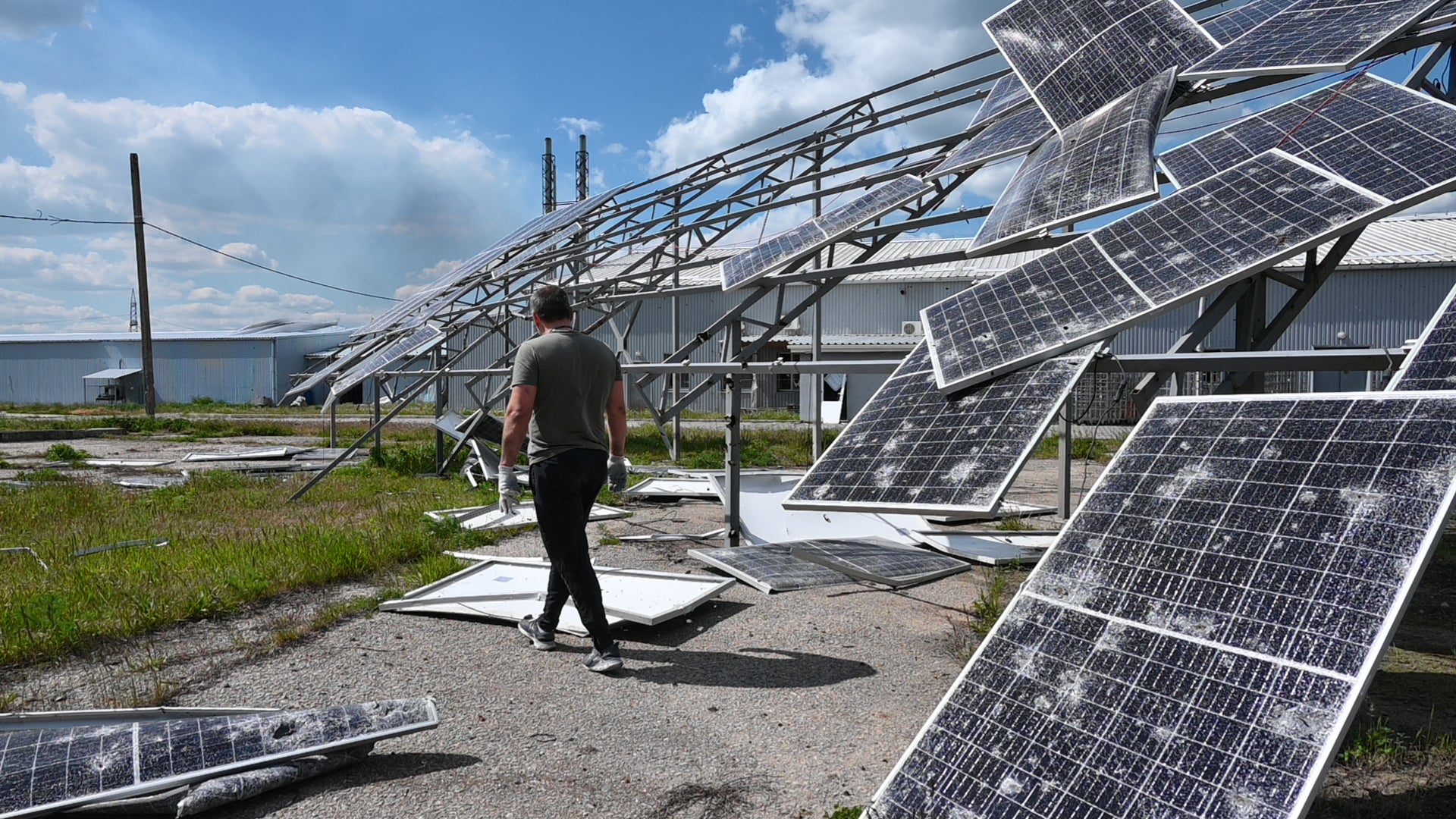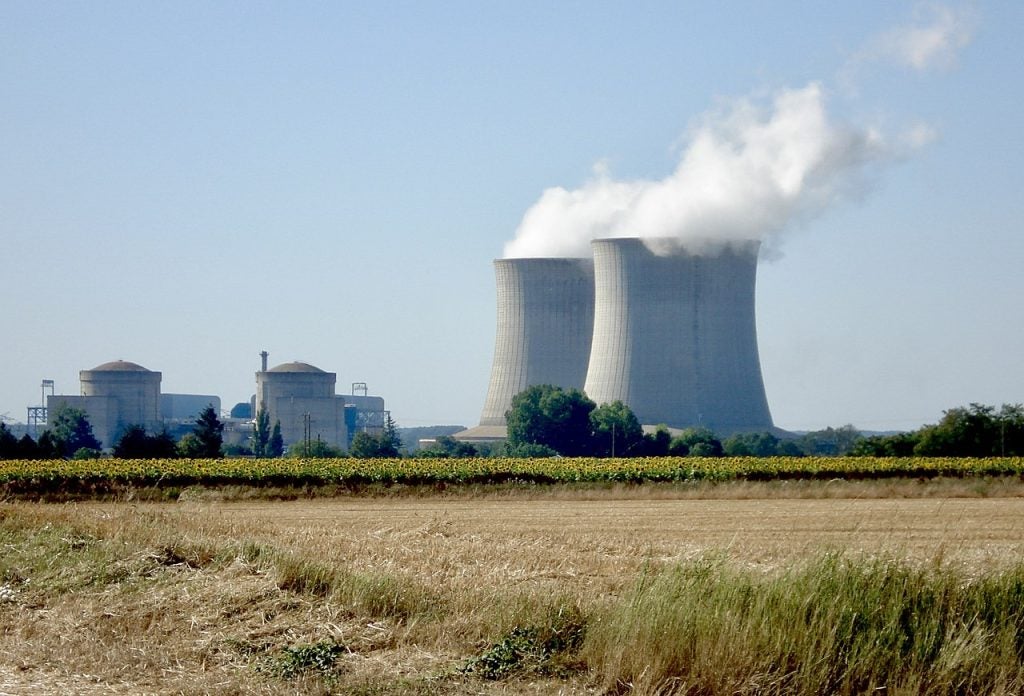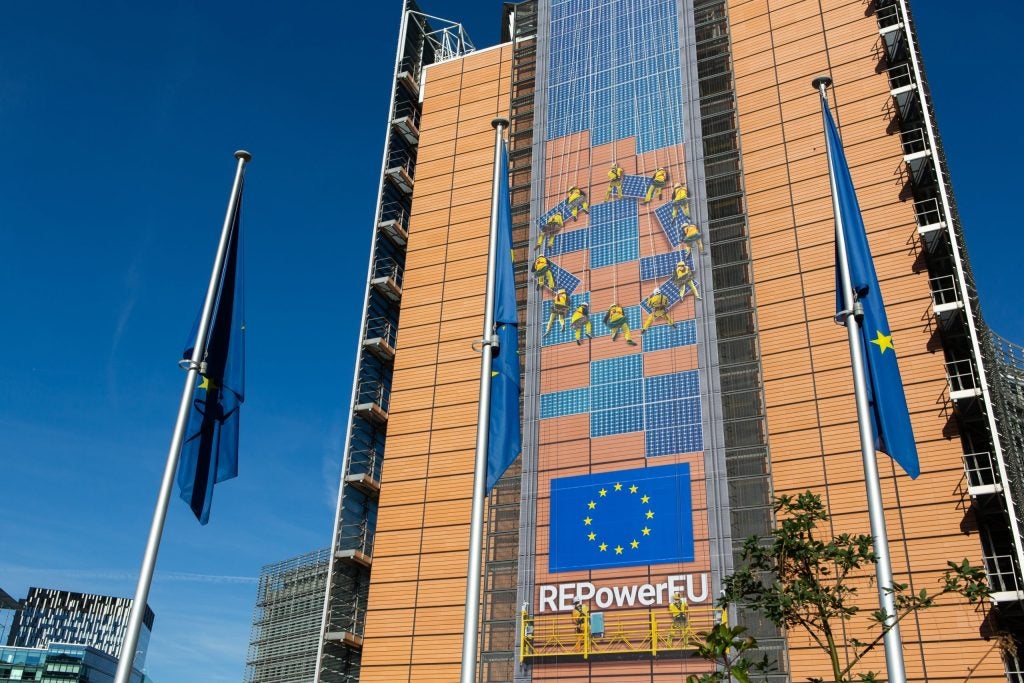
The Russian invasion of Ukraine disrupted global energy supplies, resulting in a sudden price spike, and drew widespread condemnation from the international community. Many countries have prioritised ending their dependence on Russian gas, including by turning to renewables. The International Energy Agency (IEA) has projected that the Russian energy traded globally could fall from 20% in 2021 to 13% by 2030.
The IEA’s Renewables 2022 report estimated that renewables could surpass coal as the largest source of electricity generation by 2025. Generation from wind and solar could more than double in the next five years.
An October 2022 report by think tanks E3G and Ember found that wind and solar had produced a quarter of EU electricity since the war began, and saved the EU €11bn in gas costs. Nineteen EU member states saw record rises in electricity generation; France’s use of renewables had increased by 14%, Italy’s by 20%, Poland’s by 17%, and Spain’s by 35% since February 2022.
The Global Energy Transition is at a crossroads: although an urgent priority, accelerating the transition means finding trillions of dollars to spend on cutting-edge technologies and infrastructure. Only a handful of regions have the in-built advantages needed to lead the…By Greater Houston Partnership

“Renewables were already expanding quickly, but the global energy crisis has kicked them into an extraordinary new phase of even faster growth as countries seek to capitalise on their energy security benefits,” said Faith Birol, IEA executive director, in a statement at the IEA renewables report launch. “The world will add as much renewable power in the next five years as it did in the previous 20 years.”
“This is a clear example of how the current energy crisis can be a historic turning point towards a cleaner and more secure energy system,” he added. “Renewables’ continued acceleration is critical to help keep the door open to limiting global warming to 1.5°C.”

US Tariffs are shifting - will you react or anticipate?
Don’t let policy changes catch you off guard. Stay proactive with real-time data and expert analysis.
By GlobalDataGreen attracts governments
A survey by UK-based law firm Ashurst showed that more than 20 major economies saw the energy crisis as an opportunity to speed up transitioning towards greener and cleaner energy. While the ban on Russian natural gas supplies has increased the demand for coal to produce heat and power, many believe this is likely to prove a short-term consequence.
The IEA suggests photovoltaic (PV) solar’s installed capacity could surpass that of coal by 2027. Its forecasts show that cumulative solar PV capacity could grow by 1,500GW over the period, surpassing natural gas as the most significant power supplier by 2026 and coal by 2027. It expects annual solar PV capacity additions to increase every year for the next five years.
Utility-scale solar PV remains the least expensive option for new electricity generation across many countries, despite higher investment costs due to inflation. “Distributed solar PV, such as rooftop solar on buildings, is also set for faster growth due to higher retail electricity prices and growing policy support to help consumers save money on their energy bills,” the IEA adds.
The agency’s annual world energy outlook suggests global clean energy investment could rise to more than $2trn a year by 2030, up 50% from today.
Pushing the limits
Since the start of the energy crisis in September 2021, European governments have committed €768bn to shield consumers from rising energy costs, according to research from economic think tank Bruegel last updated on 13 February. While impressive, there are concerns that governments will struggle to keep up this rate of support.
“The lesson of the €500bn [the figure in September 2022]… is that when governments become scared that people will lose their energy, they are prepared to commit almost any sum to prevent that,” Jonathan Stern, professor at the Oxford Institute for energy studies told Al Jazeera last autumn.
“Ambitions need money, and one of the problems is that it looks like investments in renewables are slowing down, at least in many European countries,” he added. “The way to fix that is for governments to go in and put the money to ensure it happens, but governments are short of money.”

Several EU member states have revised their government policies to meet climate targets and finance a smoother energy transition. Germany has increased its spending on renewables by 30% year-on-year, while Spain has committed 60% more money to clean energy projects. Both countries have sped up permitting for new wind and solar projects – in line with an EU push for this.
Renewables recovery in Ukraine
Ukraine’s electricity demand has continuously fallen over the past year. IEA data reveals that the Ukrainian electricity market has shrunk by 40% “with no sign of recovery,” as supply and demand have both been disrupted.
Spanish news agency Reve reported in October that the war had eroded 90% of Ukraine’s wind capacity and somewhere between 45%-50% of its solar power capacity.
“Green energy is probably the most affected sector because we have most of the capacities in the south of Ukraine,” said Ukrainian minister of energy, Herman Halushchenko, at the time. But he remained optimistic about the future. “We had a strategy that envisaged by 2030 a share of ‘green’ energy in Ukraine’s energy balance of at least 25%. I think that after our victory, taking into account the destruction caused by Russia, we will review it and increase the percentage.”
In December 2022, Ukraine signed a two-year programme with the IEA “to help the country’s energy system recover from the destruction” of the Russian invasion. It targets hydrogen, renewables, power-system security and biogas, and cross-border initiatives.
“The transition to carbon-free energy is the cornerstone of the recovery of Ukraine’s energy sector,” said Galushchenko. “Even as the war rages on, we are not discarding our original plans to develop renewable energy and contribute to the global push towards a green transition.”


